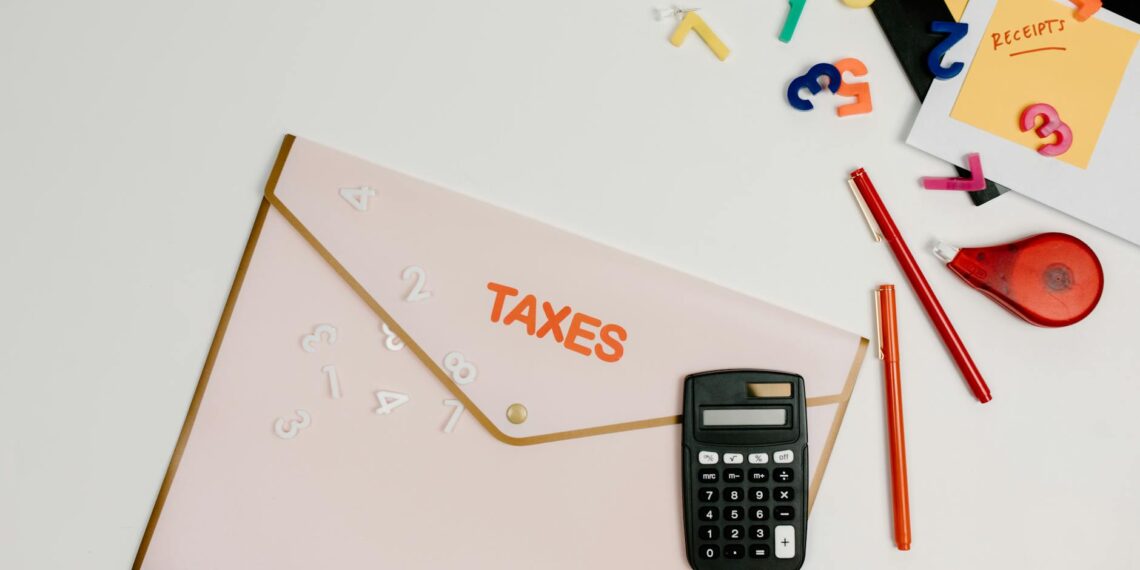The idiom “two sides of the same coin” refers to two things that seem different or even opposed, but are actually closely related and interconnected, often representing different aspects of the same underlying issue or situation . You cannot have one without the other, just like a coin needs both a “heads” and a “tails” side to be complete.
In essence, it suggests:
- Two aspects of one entity: Imagine two sides of a physical coin – heads and tails. They look distinct, but they are both part of the same coin and cannot exist separately.
- Inseparable qualities: The phrase emphasizes that even though things may appear different on the surface, they are deeply linked and depend on each other for their existence or meaning.
- Different perspectives of a single situation: It highlights the idea that there can be multiple viewpoints or ways of understanding the same situation, each offering a distinct but valid perspective.
For example, love and hate might be considered two sides of the same coin because they are both strong emotions that can stem from intense feelings for another person, though expressed in opposing ways. Similarly, economic and political reforms are often described as two sides of the same coin, as they are distinct but ultimately linked in achieving societal progress.









Which two sides of the same coin?
Two things that different but closely related features of one idea: Rewards and punishments are two sides of the same coin – both are used to control people and neither works very well.
What is another way of saying two sides of the same coin?
Opposite sides of the same coin. 2) other side of the same coin. 3) other side of…. 4) reverse side 5) contraposition 6) obverse 7)B – side 8) other side of the fence.